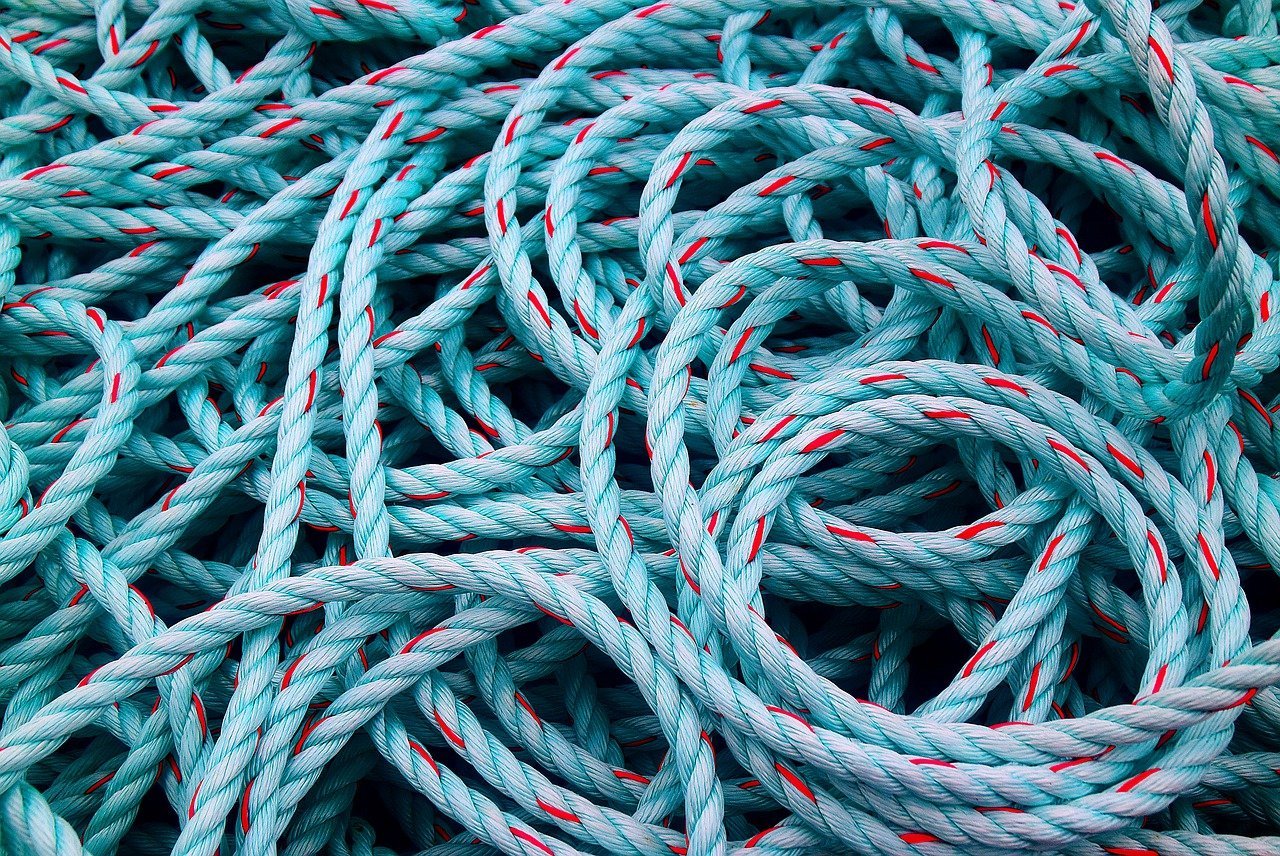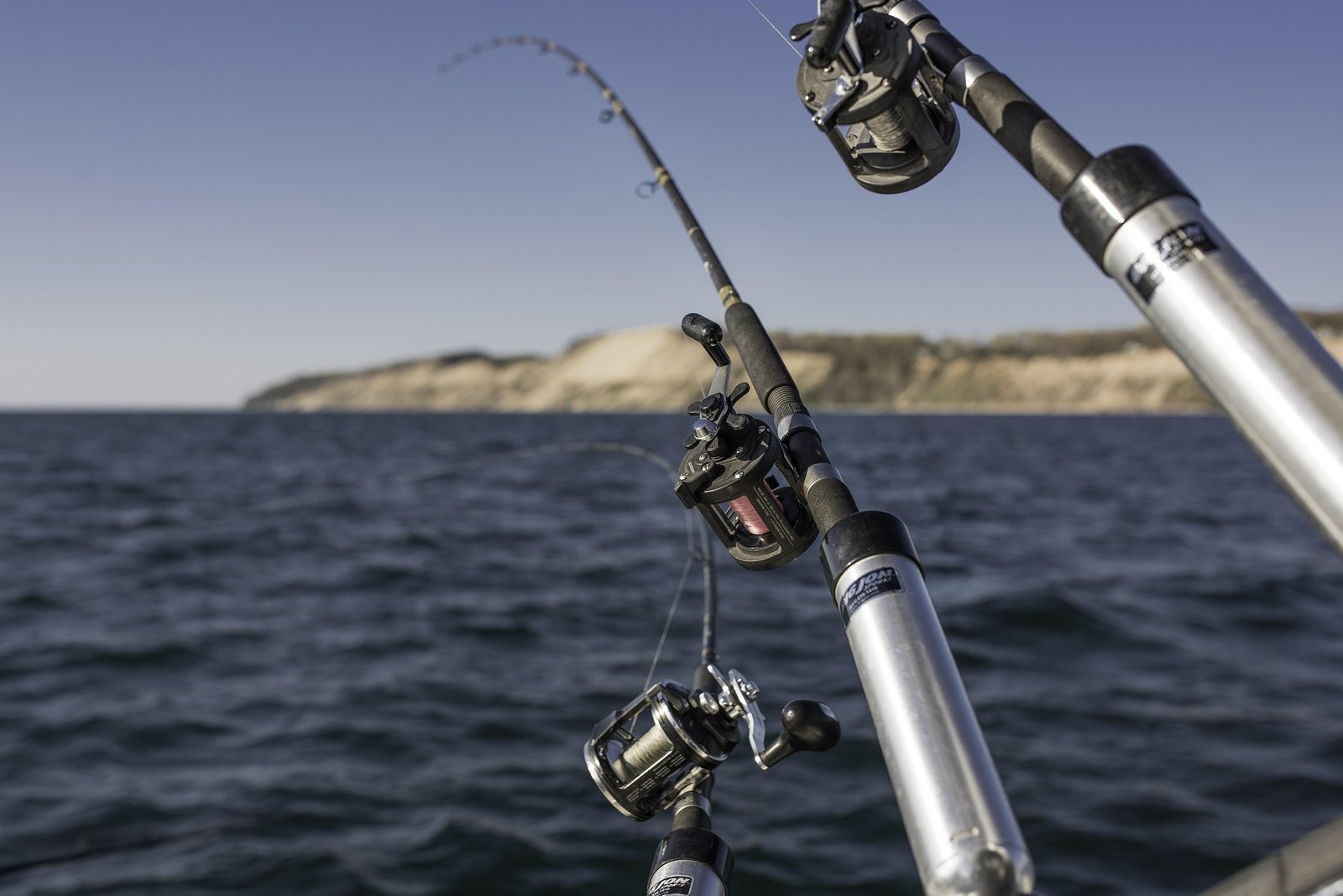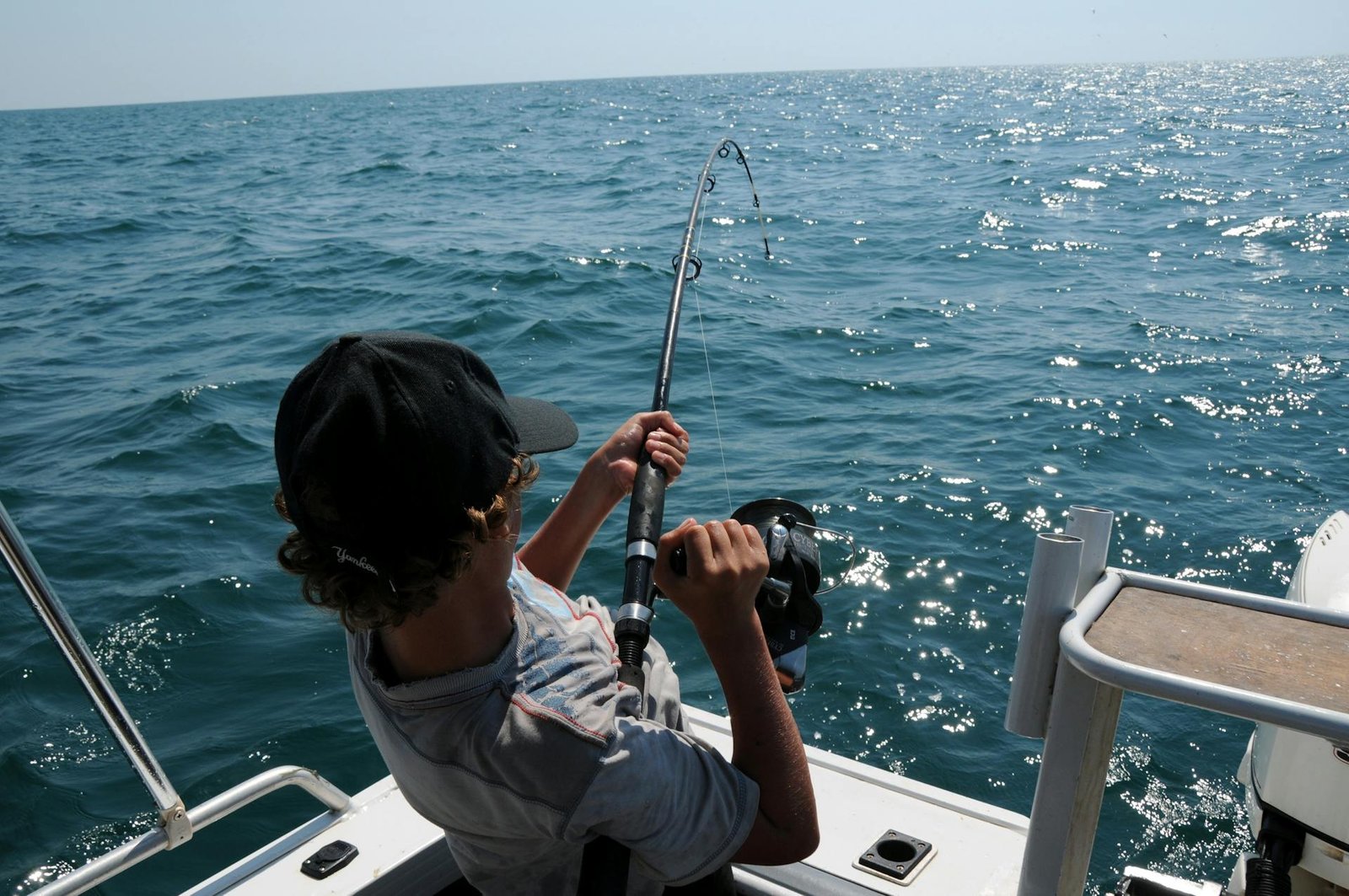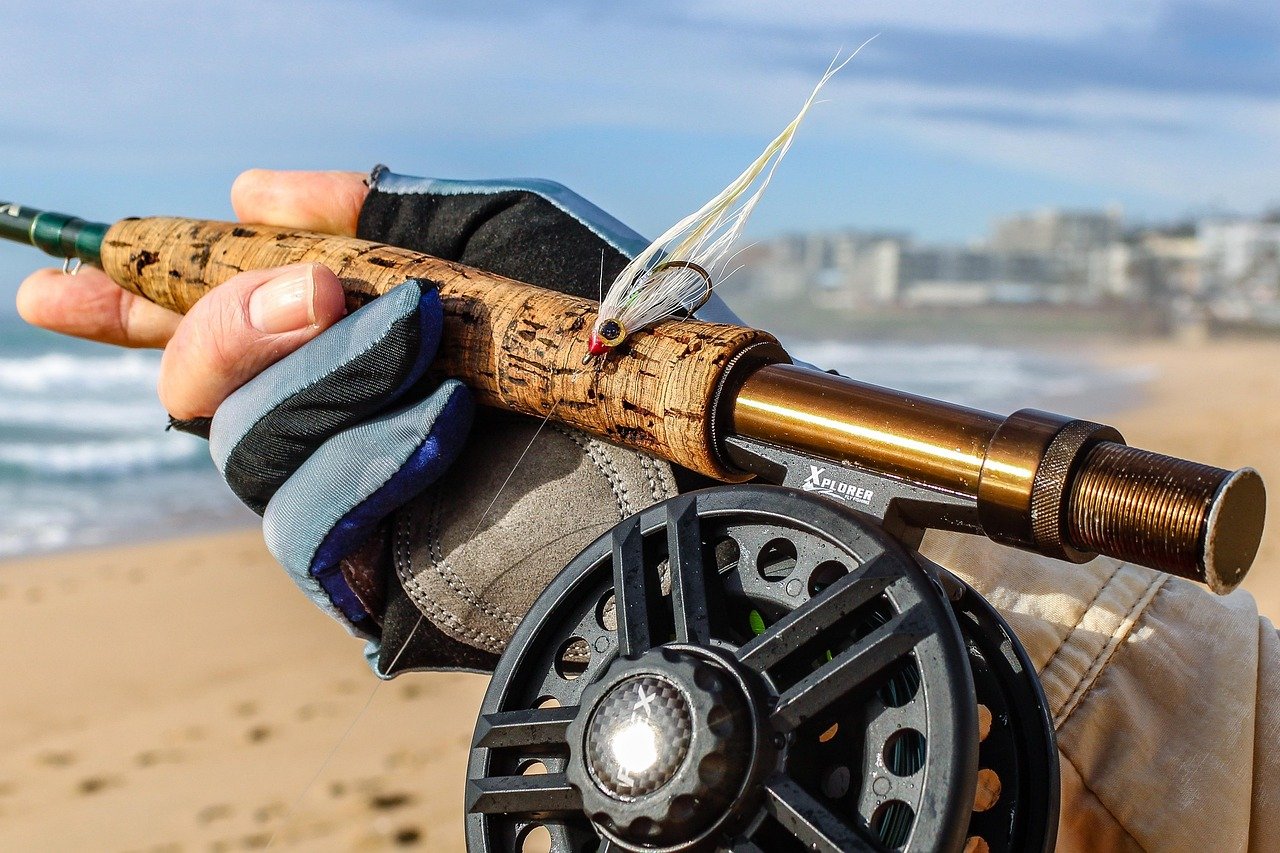Bank fishing is a simple and rewarding way to enjoy fishing without a boat. It allows anglers to catch fish from shorelines, docks, or riverbanks. Furthermore, it requires minimal gear and is perfect for beginners. This guide will teach new anglers how to master bank fishing with easy-to-follow steps.
Table of Contents
- Understanding Bank Fishing Basics
- Choosing the Right Location
- Essential Gear for Bank Fishing
- Selecting the Best Bait and Lures
- Mastering Casting Techniques
- Reading the Water for Better Results
- Timing Your Fishing Trips
- Handling and Releasing Fish Safely
- Staying Safe While Bank Fishing
- Troubleshooting Common Bank Fishing Problems
- Improving Skills Over Time
Bank fishing involves catching fish from the shore rather than a boat. It is accessible to everyone since it doesn’t require expensive equipment. However, success depends on knowing where and how to fish. Beginners should start by learning about local fish species and their habits. Additionally, understanding water conditions will improve their chances of catching fish.
Picking a good spot is crucial for bank fishing success. Fish often gather near structures like rocks, fallen trees, or weed beds. Similarly, areas with moving water, such as river bends, can be productive. Public parks, piers, and small ponds are excellent places for beginners. Consequently, scouting different spots before fishing will help identify the best locations.

Beginners don’t need fancy equipment to start bank fishing. A basic spinning rod and reel combo works well for most situations. Moreover, a small tackle box with hooks, sinkers, and bobbers is sufficient. Lightweight gear makes it easier to move along the shoreline. Therefore, investing in a comfortable fishing chair and a small net can improve the experience.
Live bait like worms, minnows, or crickets attracts many fish species. Artificial lures such as spinners or soft plastics also work well. However, choosing the right bait depends on the target fish. Researching local fish preferences will help beginners make better decisions. Additionally, experimenting with different options increases the chances of success.
Proper casting helps anglers reach fish without scaring them away. Beginners should practice short, controlled casts first. Furthermore, learning to cast accurately near structures improves catch rates. Overhead and sidearm casts are the most common techniques. Consequently, practicing in an open area before fishing will build confidence.
Fish behavior changes based on water conditions. Clear water requires lighter lines and natural bait. Murky water, however, calls for bright lures and stronger scents. Observing surface movements can reveal where fish are feeding. Additionally, checking for birds or jumping fish helps locate active spots.
Fish are more active during certain times of the day. Early morning and late evening are usually the best for bank fishing. Similarly, overcast days often lead to better catches. Conversely, midday heat can slow fish activity. Therefore, planning trips around peak feeding times increases success.
Proper fish handling ensures their survival if released. Wetting hands before touching fish protects their slime coat. Furthermore, using barbless hooks makes release easier. Keeping fish in the water as much as possible reduces stress. Consequently, following these steps helps maintain healthy fish populations.
Safety should always come first when fishing from shore. Wearing non-slip shoes prevents falls on wet rocks. Additionally, bringing sunscreen and bug spray ensures comfort. Staying aware of surroundings avoids accidents near water. Therefore, preparing for weather changes keeps anglers safe.
Beginners often face challenges like snags or lost bait. Using a hook remover helps free stuck lures quickly. Moreover, adjusting weights and bobbers prevents bait from sinking too deep. Changing locations when fish aren’t biting can solve slow days. Consequently, staying patient and adaptable leads to better results.
Bank fishing gets easier with practice. Keeping a fishing journal tracks successful spots and techniques. Furthermore, talking to other anglers provides useful tips. Trying new methods keeps the experience fresh. Therefore, continuous learning helps beginners become experts.
By following these steps, beginners can master bank fishing and enjoy countless successful outings. The key is to start simple, stay patient, and keep learning.














Leave a Reply